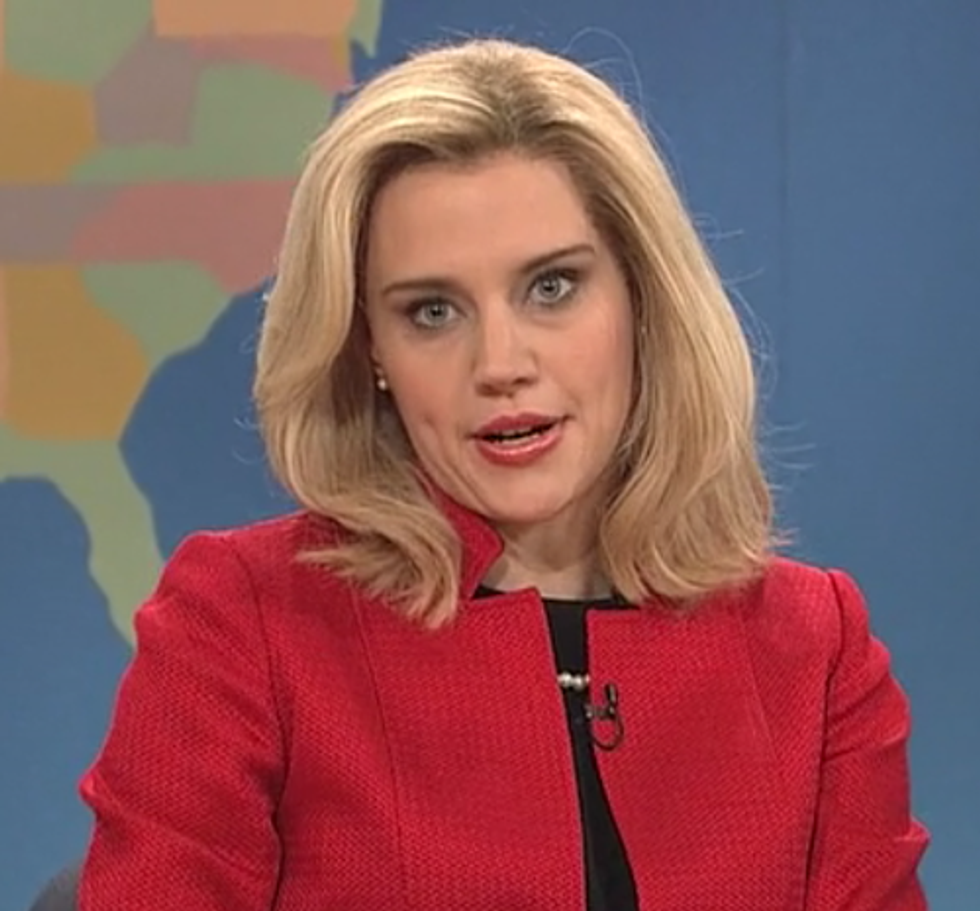‘Good Kill,’ With Ethan Hawke, Targets Human Costs Of Drone Warfare
By Glenn Whipp, Los Angeles Times (TNS)
Form matches content in “Good Kill,” a movie about the desensitizing effects of drone warfare. Repeated, suffocating scenes of remote warfare make you acutely aware of the soul-draining despair felt by its pilot protagonist.
That makes writer-director Andrew Niccol’s achievement notable, even if his movie sometimes feels as stifling as the shipping container that Air Force pilot Tom Egan (Ethan Hawke) and his team occupy in the desert outside Las Vegas.
Egan works a 12-hour shift flying unmanned aerial vehicles over Afghanistan and Yemen, performing surveillance and launching missiles toward sites that may (or may not) be occupied by Taliban forces. There’s a lot of killing, all of it deemed “good” and “necessary.” When he’s done, Egan drives home to the suburbs to his wife (January Jones) and kids, puts some burgers on the grill and helps with homework.
The contortions needed to make that kind of compartmentalization work are nearly impossible for a man like Egan, a veteran of six tours, a pilot who misses the fear of combat and, yes, flying an actual plane — an idea that Niccol, showing F-16s gathering dust on the base, implies is almost ludicrous.
“We’ve got no skin in the game,” Egan tells his commander (Bruce Greenwood). “I feel like a coward every day.”
Though Egan is a man of few words (he becomes even quieter when he’s angry, his wife tells a friend), the movie makes up for his reserve by explaining and informing to a fault. You will possess a clearer understanding of the ins and outs, the pros and cons of drone warfare after viewing “Good Kill,” but the arguments sometimes feel like talking points awkwardly wedged into the action.
Where Niccol (“Gattaca”) succeeds is in creating an atmosphere of self-loathing, both for those manning the drones and the audience watching them work. Midway through the movie, the CIA takes over command of the missions, ordering a series of killings that are debatable on moral and strategic grounds. (“Permission to prosecute” is the dispassionate order coming from Langley in a voice that feels modeled on HAL 9000 from “2001: A Space Odyssey.”) Niccol conveys this chilling disconnect, showing how the ease of their actions absolves the participants of responsibility and robs them of their humanity.
That cost can be seen in the tight strain on Hawke’s face. An actor with the gift of gab (most notably in his collaborations with Richard Linklater), Hawke here delivers a nuanced turn as a man on the threshold of emotional ruin. It’s not that Egan opposes war. He’s begging to be shipped out for another tour. He just can’t wrap his head around what war has become.
“Drones aren’t going anywhere,” says his commander. “In fact, they’re going everywhere.”
“Good Kill” forces us to deal with the implications of that new reality.
___
“GOOD KILL”
MPAA rating: R, for language, sexuality, violent content including rape
Running time: 1 hour, 43 minutes



